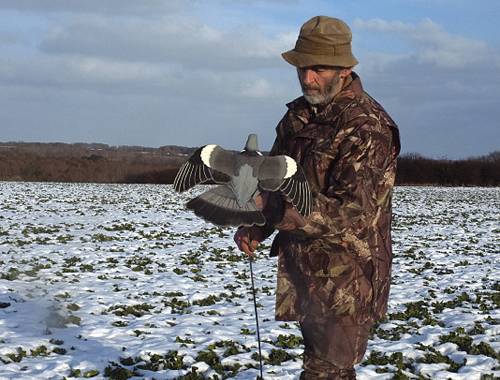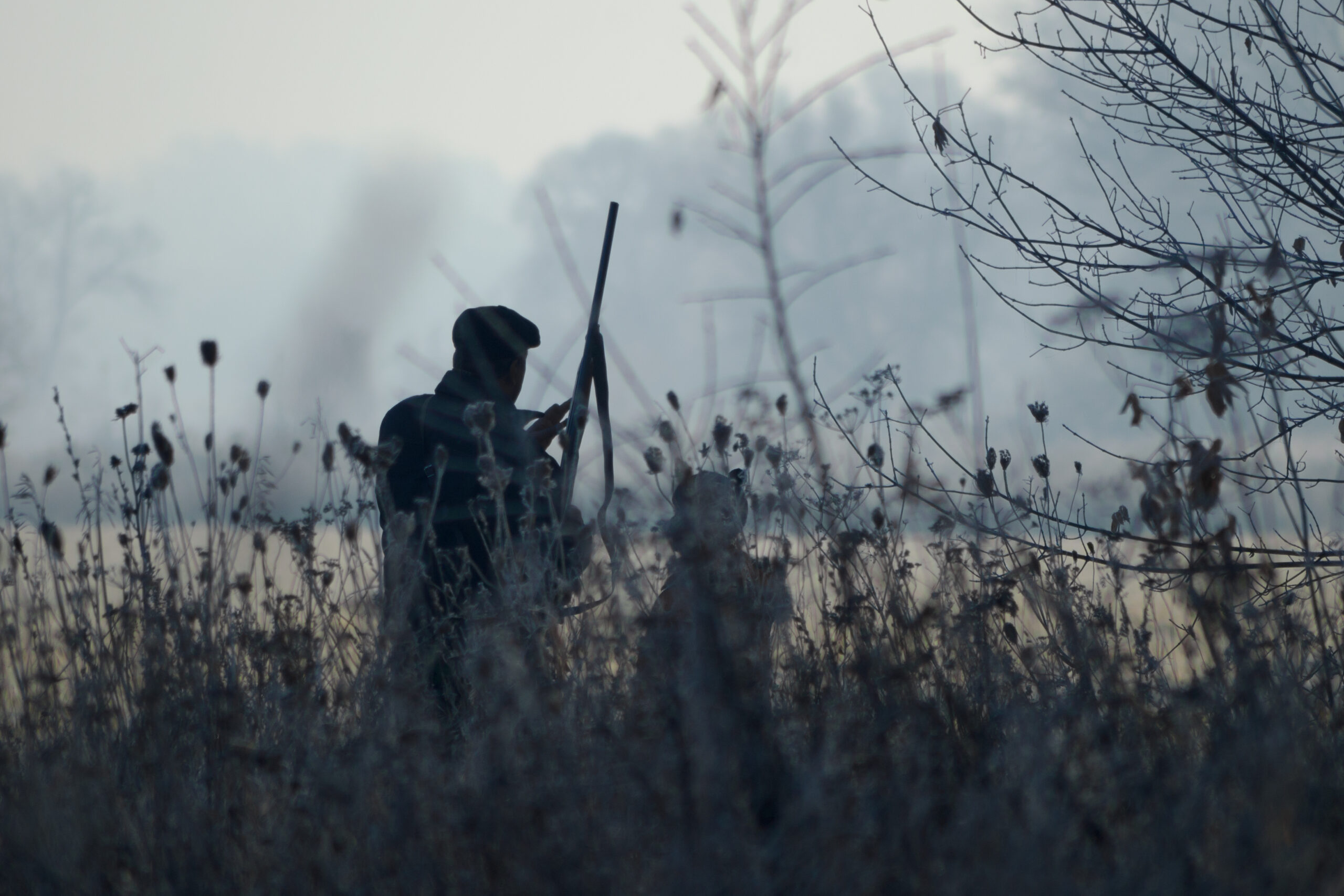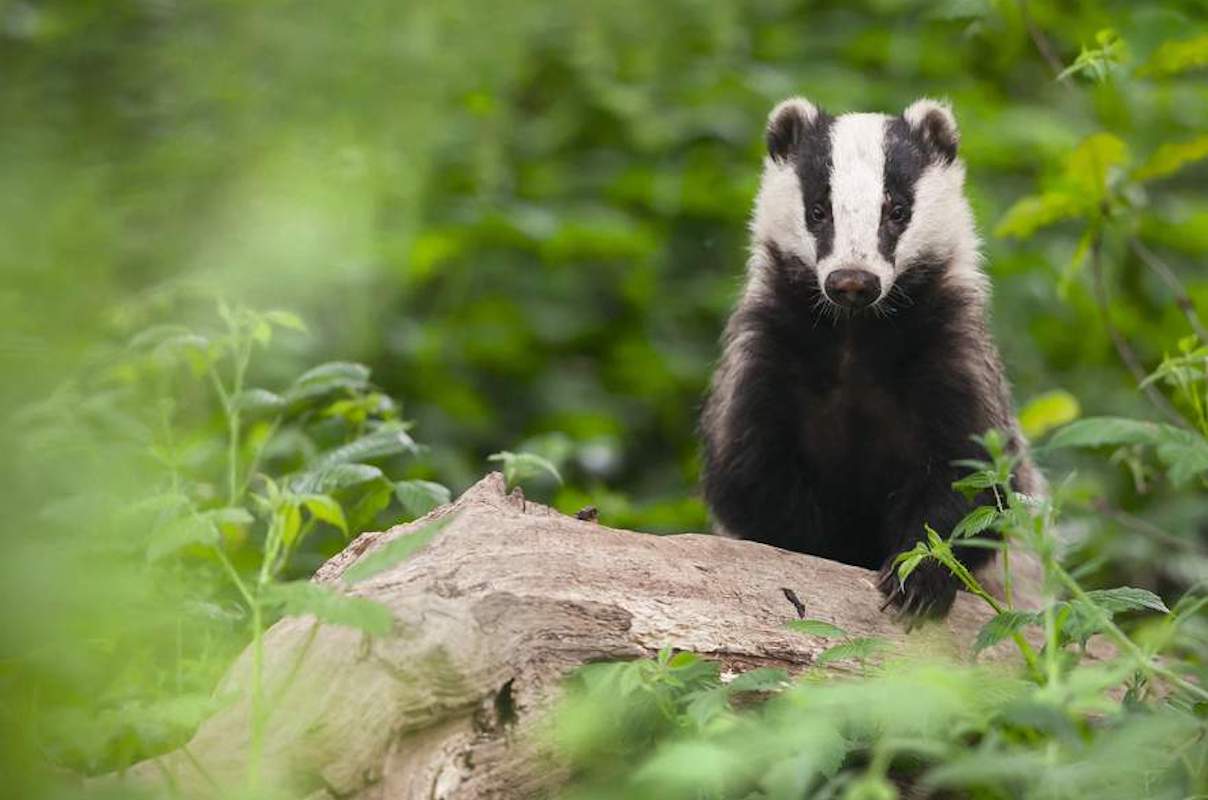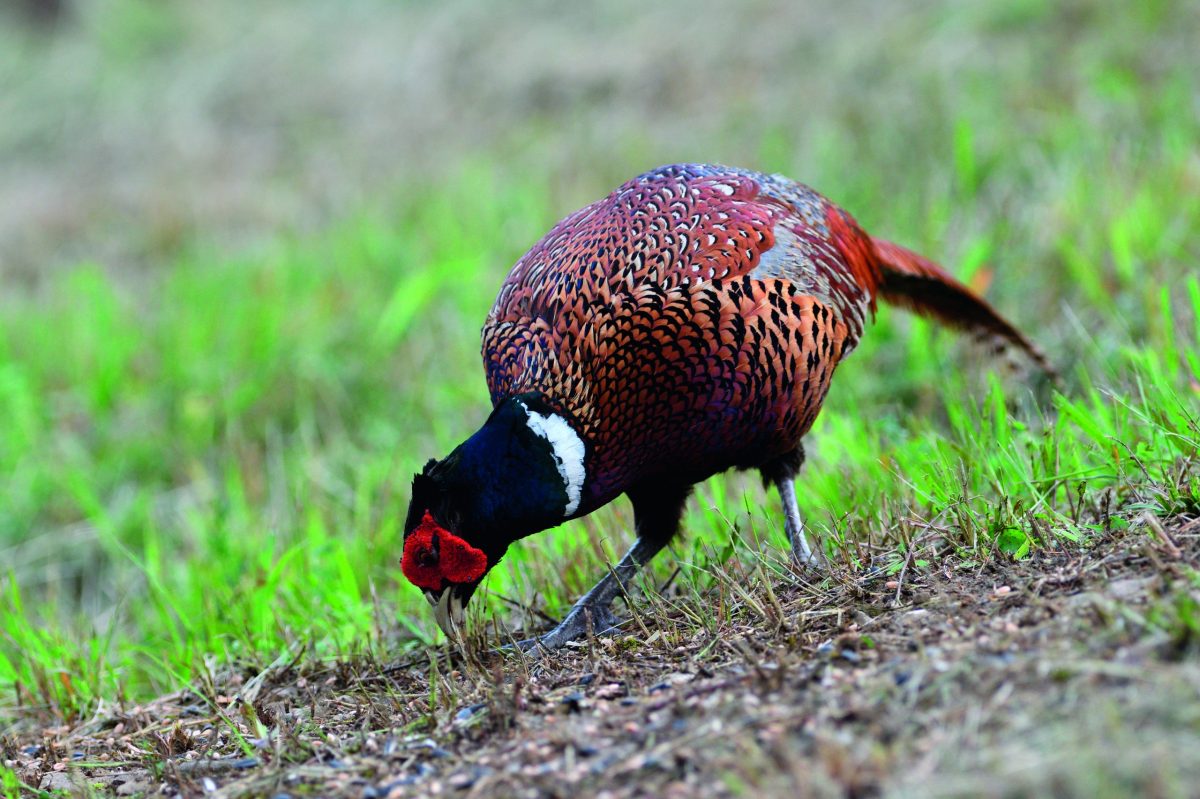Pigeon shooting: Weathering the elements!

Pigeon shooting: Last month I talked about pigeon flightlines and this time I want to take a look at how the weather affects those flightlines and feeding patterns.
Probably the greatest contributing factor of a successful day’s decoying is the strength and direction of the prevailing wind.
A whole book could be written on how pigeon behaviour is influenced by subtle changes in wind direction and most decoyers would agree that a certain amount of wind is necessary for a decent day.
But how many would consider using it to get the most from a given situation?
We all know that pigeons are easier to funnel into our pattern when the wind blows, but how many of us actually consider the affect of our shots on the birds’ flightline when it’s windy?
GIVE ‘EM SOME ROOM!
Pigeons like plenty of room when they pitch into feed, particularly on a windy day when there’s a greater chance of them colliding with one of their mates as they swoop in to land.
So it makes sense to set up in a position that gives them maximum time to get in safely. This will often involve drawing them up the field rather than setting up directly under the line as it enters the field.
Pigeons are not keen on appearing over a hedge and having to drop in straight away, they much prefer to carry on up the field a little way before committing to come in.
That’s why it’s so difficult to pull birds back after they have flown over your layout when arriving on a downwind flightline; invariably they carry on up the field.
All the pigeon shooting books advise placing your decoys further out if birds are arriving from behind on an upwind line, but I have never found this to be satisfactory.
Apart from the difficulty of trying to shoot birds going away from you, I find that they nearly always overshoot the pattern, presenting shots that are out of range.
In these situations, I will always set up further into the field if it’s a small one.
If the field is large, however, I’m finding more and more that I set up shop in the middle of it.
So what is the optimum strength of wind to produce the perfect day?
Well some would say the windier the better, and certainly in winter when pigeons have gathered into huge flocks, I wouldn’t even think about going out unless the wind was blowing force five or so.
The reason for this is that the flocks get fragmented when the wind blows and the sound of your shooting is disguised.
Birds use natural features such as hedgerows and belts of trees to shelter them from the full force of a strong wind – so predicting flightlines can be a lot easier.
But in the summer, though, when pigeons tend to be more committed to a given field, a really strong wind can be a nuisance.
 By all means follow the feed but always remember that weather will have the final say on how well, or badly, a day over decoys turns out.
By all means follow the feed but always remember that weather will have the final say on how well, or badly, a day over decoys turns out.
I know that sounds contradictory, but if pigeons are hell bent on your field you only need enough wind to channel them to your pattern.
The shooting is far easier when the wind is not too strong, and the birds are not blown out of the parish by your shots.
So, all in all, a certain amount of wind is a good thing, the difficult bit is using it to your advantage – a skill that comes with observation and common sense.
RAIN STOPS PLAY?
Will pigeons feed in the rain? This is a question I am often asked and the simple answer is that they prefer not to, but certainly will if they have to.
I believe that pigeons, as are all birds, are more sensitive to air pressure than we are, meaning they can predict upcoming weather better than us.
In this country low pressure generally indicates rain, so if the sun is shining but the air pressure is dropping, it generally means rain is on the way.
As such, the pigeons are likely to feed harder, knowing what is on its way.
Conversely, if it’s raining but the pressure is rising, pigeons are quite happy to sit around in the trees, happy in the knowledge that the rain will soon stop.
It’s amazing how quickly pigeons will move as soon as there’s a break in the clouds.
If they know the rain will continue all day, there’s a likelihood that the birds will at least attempt a quick feed during it.
That’s not to say that shooting in the rain is anything other than a miserable experience; everything soon gets drenched, decoys look most unrealistic and shot birds become bedraggled.
The forecasters often get things wrong, but unless there’s a realistic chance of some clear spells during the day, I would probably stay at home and wait for more favourable conditions.
Frosty days are also worth mentioning.
By definition, frost usually occurs during periods of high pressure when the days are sunny and wind free, the very conditions we decoyers try to avoid.
Couple this with the birds feeding almost exclusively on oilseed rape – meaning they cannot eat it until it has thawed out – and you’ll guess that the chances of success in these conditions are almost non existent.
Pigeons will be content to sit around in the sunshine, conserving energy, and they’ll simply move en masse to another field the moment you arrive.
With no wind to break the flocks up and encourage them to move, this is another situation where I would stay at home in front of the fire watching a good shooting video!
SNOW CHANCE
With the past two winters producing snow for most of the country, it’s interesting to look at how it affects the feeding patterns of pigeons.
Unlike frost, which occurs during periods of high pressure, snow is the result of low pressure when a warm front collides with a cold one.
A thick covering of snow will only allow pigeons to feed on the fields which have plants tall enough to poke through, so vastly narrowing down their choice of field.
On the downside, for reasons never fully understood, pigeons appear unable to spot static decoys in the snow, though my theory is that rather than not seeing them they tend to respond more to the movement of other pigeons flying out to feed, thus reinforcing their desire to join the flock.
You can still get windy days after a covering of snow, so if you have the only bit of green crop showing on one of your fields, it will be worth the effort to give it a go.
So what can we conclude after this lesson in meteorology?
For me, the best weather conditions are a day when it’s overcast, with a 15mph wind blowing and a low pressure front approaching.
Luckily, you could get these conditions at any time of the year in this country!








